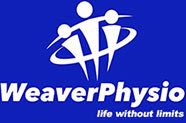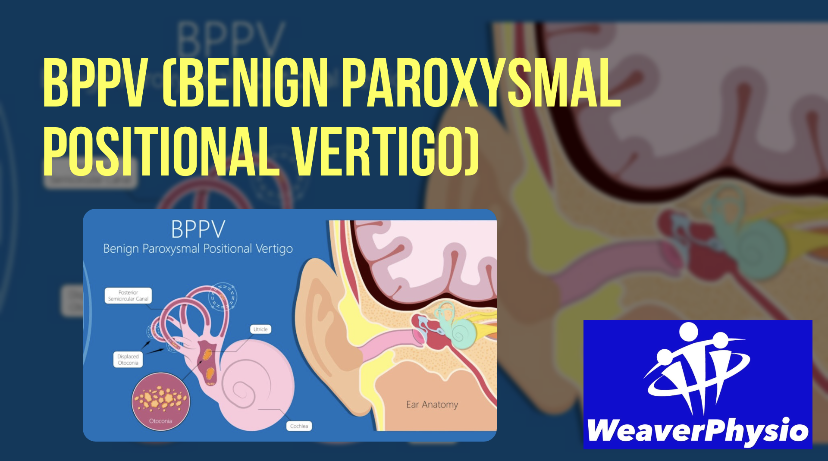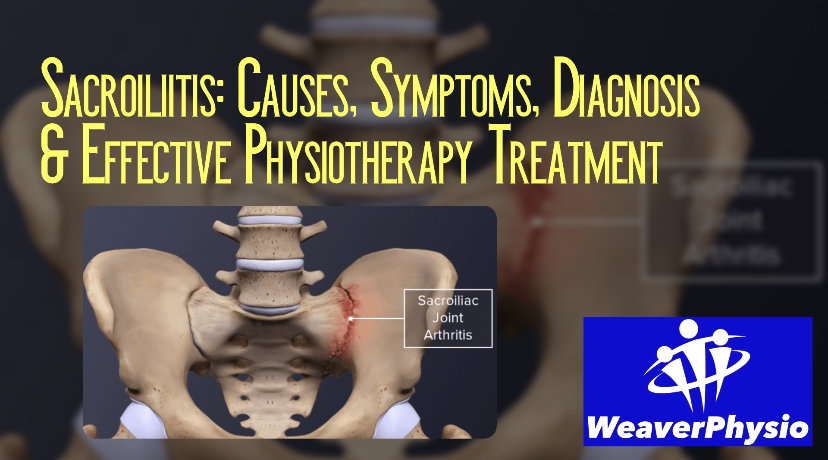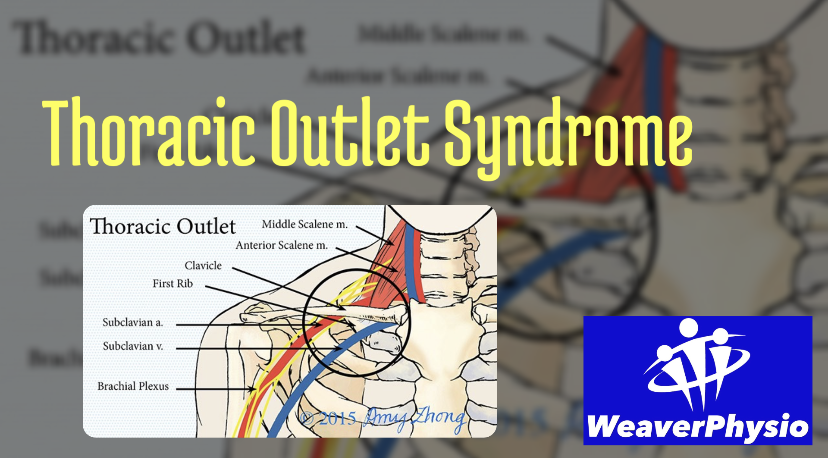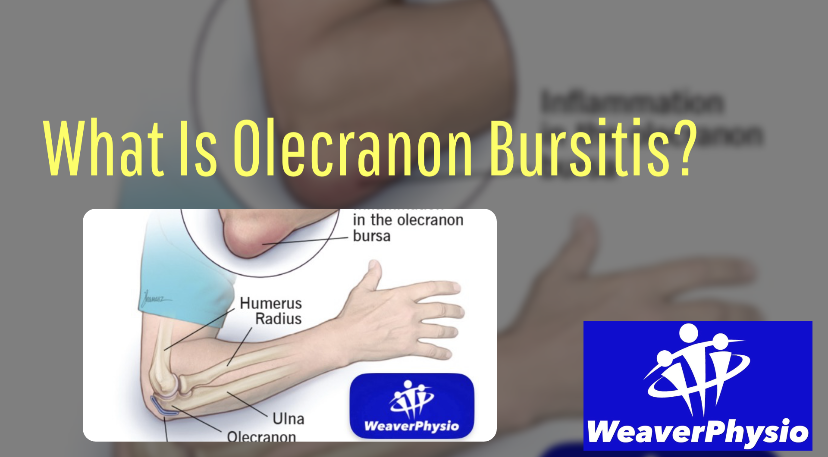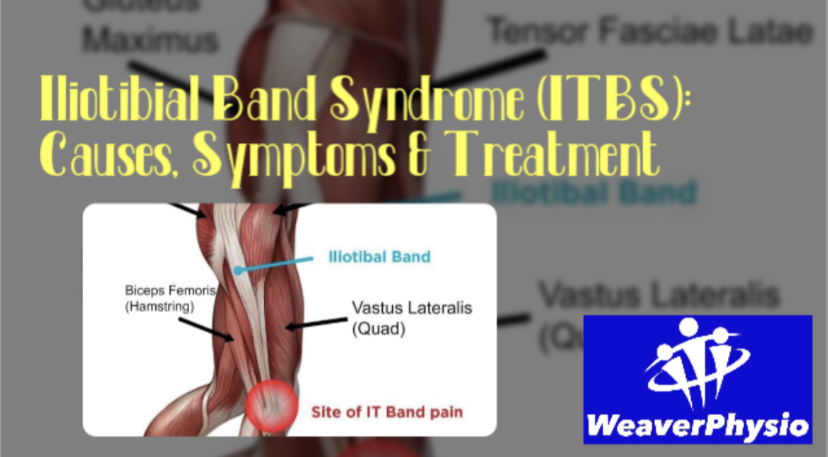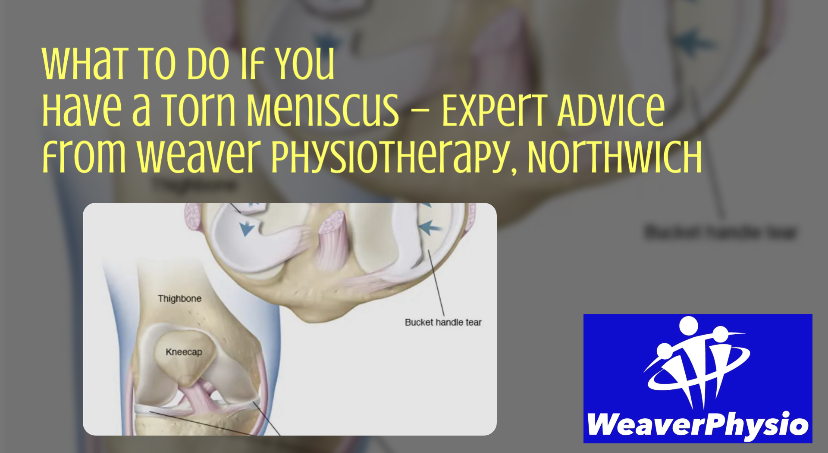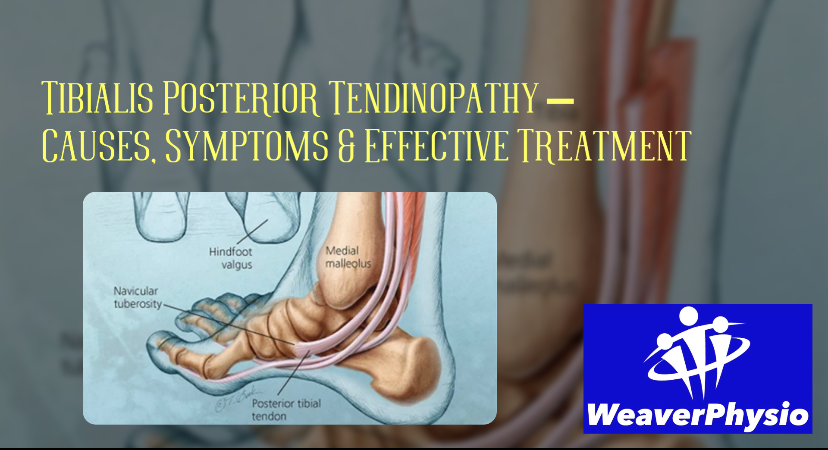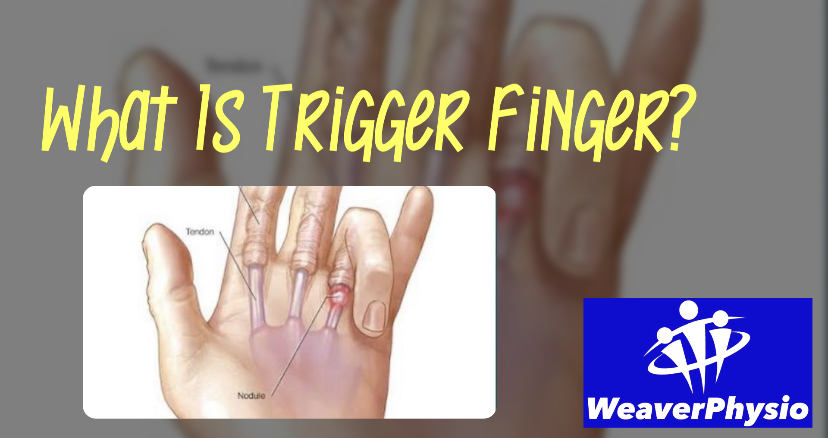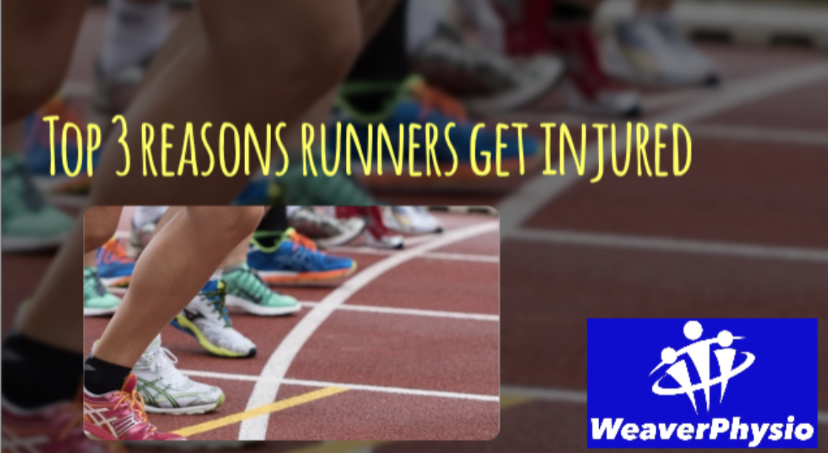A healthier workplace
March 11, 2020
HEALTHY WORKPLACE = HAPPY WORKPLACE

It turns out that a lack of exercise in our lives is a silent killer. The World Health Organisation lists physical inactivity as the fourth biggest risk factor for death in adults across the world.
The latest research shows when it comes to heart disease, leading a sedentary life is as great a risk factor as smoking and obesity. In fact, inactivity in terms of disease risk, is more dangerous than being overweight.
If you spend long periods of time sitting, this is particularly bad news, as it increases your risk of heart disease, obesity, diabetes and cancer. The most current research has shown that even normal weight individuals that are inactive, are at risk of developing disease. There is a molecular pathway that is essential to burning fats, that shuts down with inactivity, and that subsequently increases your risk of developing heart disease.
And unfortunately you can’t bank the benefits of exercise from your youth, hoping it will help you 40 years down the line. The ideal scenario is to have been active throughout your lifespan, but research has shown that your health can benefit from physical activity at any age, meaning it doesn’t matter when you start, as long as you start!
Physical activity performed regularly, can help to prevent and manage over 20 chronic medical conditions. These include coronary heart disease, stroke, type 2 diabetes, cancer, obesity, mental health problems and musculoskeletal conditions.
And the good news is that we can combat the negative effects of prolonged sitting (total of 8 hours or more) with just 60-75 minutes of moderate intensity physical activity a day.
The reality is that hectic schedules can make it seem impossible to fit workouts into your busy week. The prospect of packing a gym bag, trudging to your local gym, working out, showering, changing, and trudging back to where you came from, can feel like a lot of effort.
But when we neglect exercise, we not only put both our physical and mental health at risk, but we also negatively impact our productivity and effectiveness at work.
And you would be surprised at the number of opportunities there are in a working day, to increase your activity levels. This doesn’t have to mean running or cycling to work, although that’s great if you can, but you can in fact accumulate activity that is beneficial to health, in lots of different ways during the day.
Which is why we’ve put together a collection of resources to help you achieve this.
At the following link you can download leaflets, exercise handouts and infographics on the following topics.
- 17 Ways to Be More Active at Work
- Thinking on your Feet - Why it Pays to Be Physically Active at Work Client Newsletter
- Stretching Exercises for the Workplace
- Strengthening Exercises for the Workplace
- Why Posture Matters
- Optimal Desk Posture Infographic
- Carpal Tunnel Infographic
- Preventing and Treating Carpal Tunnel Syndrome
- Carpal Tunnel Rehabilitation Exercise Sheet
Click here to download the resources http://bit.ly/374UhA1
As physiotherapists we can help with a wide range of issues caused by long periods of sitting at a desk, including back and neck pains, tingling in your hands, carpal tunnel syndrome, even regular headaches experienced at work. Please get in touch if you need advice and I hope you find these resources useful.
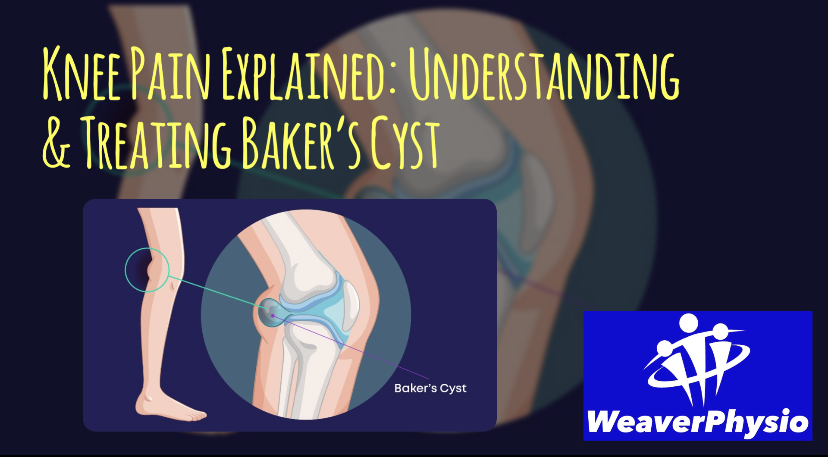
Knee pain is one of the most common musculoskeletal complaints we see at Weaver Physiotherapy & Sports Injury Clinic in Northwich, Cheshire. From runners and athletes to office workers and retirees, knee problems can affect anyone. While many people are familiar with conditions such as arthritis, meniscus tears, or ligament injuries, one often-overlooked cause of knee swelling and discomfort is a Baker’s Cyst. Also known as a popliteal cyst, this condition can cause swelling behind the knee, stiffness, and reduced mobility – and if untreated, it may lead to ongoing pain or limit your ability to exercise, walk comfortably, or perform daily activities. In this in-depth guide, we’ll explain what a Baker’s Cyst is, the symptoms to look out for, why it develops, and most importantly – how physiotherapy can help you manage, treat, and prevent it. What is a Baker’s Cyst? A Baker’s Cyst is a fluid-filled swelling that develops behind the knee, in the popliteal space. It occurs when excess joint fluid (synovial fluid) escapes from the knee joint and collects in a small sac behind the knee. This fluid build-up is often a result of an underlying knee problem, such as: • Osteoarthritis (wear and tear of the knee joint) • Rheumatoid arthritis • Meniscus injuries (cartilage tears) • Ligament injuries • Knee joint inflammation The cyst itself is not dangerous, but it can be painful, restrict movement, and cause the back of the knee to feel tight – especially when bending or straightening the leg. Symptoms of a Baker’s Cyst Some people with a Baker’s Cyst may not experience symptoms at all, especially if the cyst is small. However, when symptoms do occur, they may include: ✔️ A noticeable lump or swelling behind the knee ✔️ Tightness or stiffness in the back of the knee ✔️ Pain or aching, particularly when straightening or bending the leg ✔️ Reduced flexibility and mobility ✔️ Swelling in the calf (if the cyst bursts and fluid leaks down the leg) In rare cases, a ruptured Baker’s Cyst can mimic the symptoms of a blood clot (deep vein thrombosis – DVT), with sudden calf swelling, pain, and redness. If you experience these symptoms, urgent medical assessment is required. Causes: Why Do Baker’s Cysts Develop? A Baker’s Cyst does not develop in isolation – it usually results from knee joint changes or injury that causes excess fluid production. Common causes include: 1. Arthritis • Osteoarthritis is a major cause. As the cartilage wears down, the joint becomes inflamed, leading to fluid build-up. • Rheumatoid arthritis, an autoimmune condition, can also trigger joint swelling and cyst formation. 2. Sports Injuries • Damage to the meniscus (cartilage) can irritate the joint and lead to cysts. • Ligament injuries (ACL, MCL) may also increase fluid build-up. 3. Overuse or Repetitive Strain • Runners, cyclists, and people who frequently squat or kneel may place repetitive stress on the knee joint, contributing to cyst formation. 4. Underlying Inflammation • Any condition that causes inflammation within the knee joint (including gout) can lead to synovial fluid leakage and cyst development. Diagnosis of a Baker’s Cyst At Weaver Physiotherapy & Sports Injury Clinic, our Chartered Physiotherapists carry out a detailed assessment to identify whether your knee pain and swelling are caused by a Baker’s Cyst, or another condition. The process may include: 🔹 Clinical assessment – checking your symptoms, medical history, and examining the back of the knee for swelling. 🔹 Ultrasound scan – often recommended to confirm the diagnosis. 🔹 MRI scan – if an underlying injury such as a cartilage tear is suspected. Early diagnosis is key. Many patients believe they just have “knee swelling” without realising it’s linked to an underlying joint issue. How Physiotherapy Helps Baker’s Cyst Physiotherapy is one of the most effective ways to manage and treat a Baker’s Cyst. While draining the cyst or surgery is sometimes required in severe cases, the majority of patients benefit from conservative treatment that targets the root cause. At Weaver Physio, our approach focuses on: 1. Pain Relief & Swelling Reduction • Manual therapy to ease stiffness • Ice, compression, and elevation strategies • Advice on activity modification to avoid aggravation 2. Improving Knee Mobility • Gentle stretching exercises to restore range of movement • Targeted flexibility work for the hamstrings and calf muscles 3. Strengthening Exercises • Quadriceps strengthening to improve joint support • Glute activation to reduce stress on the knee • Core stability to enhance overall lower-limb mechanics 4. Correcting Biomechanics • Video Gait Analysis and biomechanical assessment (part of our Runner’s MOT service) • Identifying imbalances in walking or running that may contribute to knee overload 5. Treating the Underlying Cause • If arthritis is the cause, we’ll develop a long-term joint management plan • If it’s due to a sports injury, we’ll provide a tailored rehabilitation programme Home Management Strategies Alongside professional physiotherapy, patients can often manage symptoms at home with: ✔️ Rest & Activity Modification – avoiding deep squats or repetitive knee strain ✔️ Ice Therapy – applying ice packs to reduce swelling ✔️ Compression Supports – knee braces can help control fluid build-up ✔️ Gentle Exercises – as advised by your physiotherapist When is Surgery Needed? Surgery is rarely the first option for Baker’s Cyst. It is usually only considered if: • The cyst is very large and painful • Conservative treatments have failed • The underlying cause (such as a meniscus tear) requires surgical repair In such cases, a surgeon may drain the cyst (aspiration) or repair the damaged structures inside the knee. Can a Baker’s Cyst Burst? Yes. In some cases, the cyst can rupture, releasing fluid into the calf. This can cause sudden pain, swelling, and bruising in the lower leg. It may resemble a DVT (blood clot), so it’s important to seek urgent medical advice to rule this out. Recovery Timeline Recovery depends on the underlying cause: • Minor cases: Symptoms may improve in a few weeks with rest and physiotherapy. • Arthritis-related cases: Long-term management is required, but physiotherapy helps control pain and mobility. • Sports injuries: Recovery may take 6–12 weeks, depending on the severity of the meniscus or ligament damage. At Weaver Physio, we’ll give you a personalised recovery plan so you know exactly what to expect at each stage. Preventing Baker’s Cyst While not all cases can be prevented, you can reduce your risk by: 🔹 Maintaining strong quadriceps, hamstrings, and glutes 🔹 Avoiding repetitive high-impact activities without proper recovery 🔹 Wearing appropriate footwear for your activity 🔹 Seeking physiotherapy early if you experience knee swelling or stiffness Why Choose Weaver Physio for Knee Pain? At Weaver Physiotherapy & Sports Injury Clinic in Northwich, Cheshire, we are specialists in diagnosing and treating knee injuries and conditions such as Baker’s Cyst. Here’s why patients across Cheshire – including Northwich, Knutsford, Winsford, Middlewich, Tarporley, and Frodsham – choose us: ✔️ 70+ years of combined clinical experience ✔️ Experts in sports injuries, arthritis, and musculoskeletal pain ✔️ Access to advanced services such as Shockwave Therapy, Acupuncture & Video Gait Analysis ✔️ Tailored rehabilitation plans that get to the root cause of your pain ✔️ Trusted by runners, athletes, and the local community Our goal is simple: to help you recover faster, prevent future injuries, and get back to living pain-free. Book Your Appointment If you’re struggling with knee pain or suspect you may have a Baker’s Cyst, don’t ignore the symptoms. Early treatment can make a huge difference in your recovery and long-term knee health. 📞 Call us today on 01606 227484 🌐 Visit us at http://www.weaverphysio.com Weaver Physiotherapy & Sports Injury Clinic – Your Trusted Partner in Recovery, Performance & Pain-Free Living.
